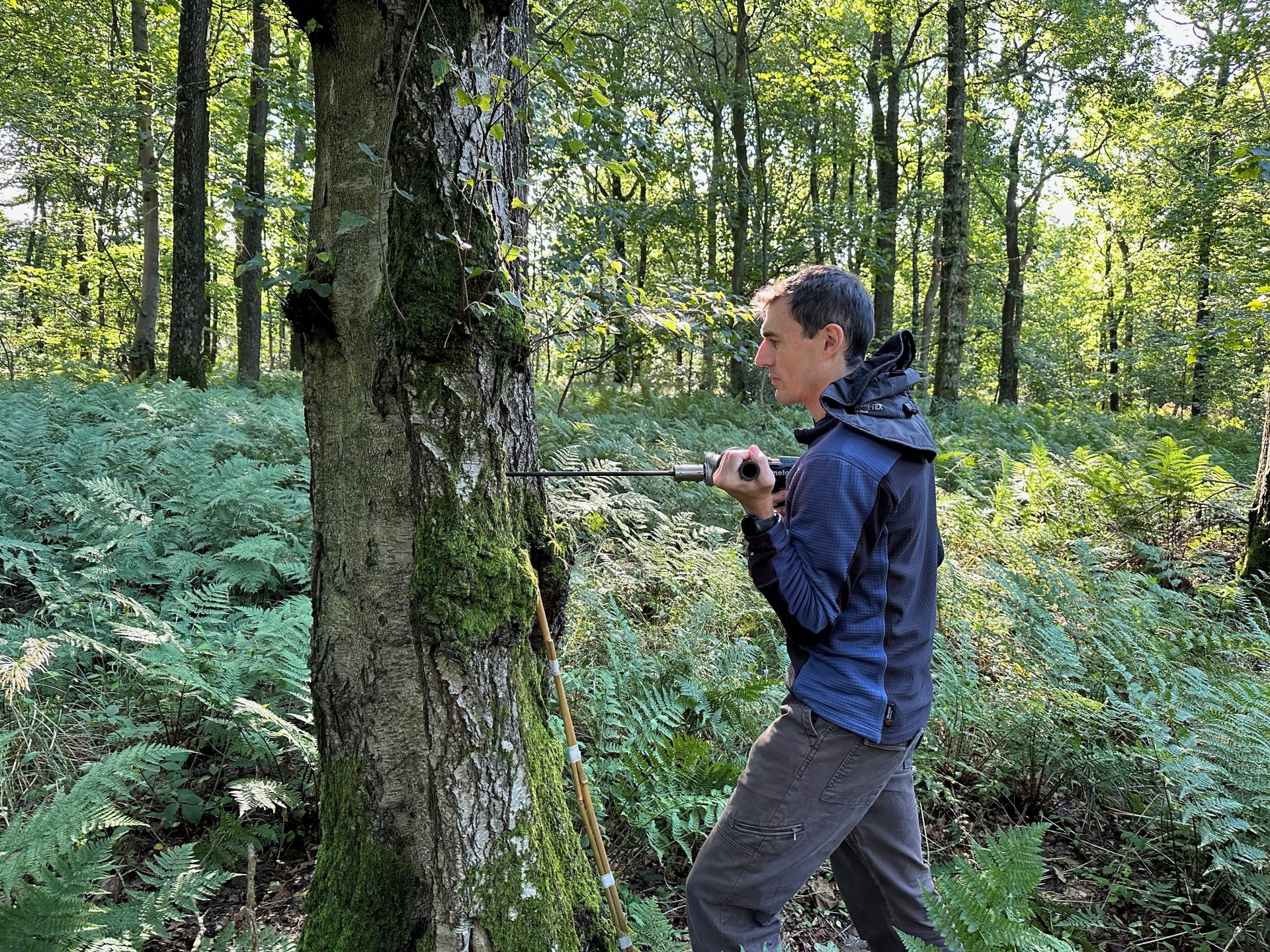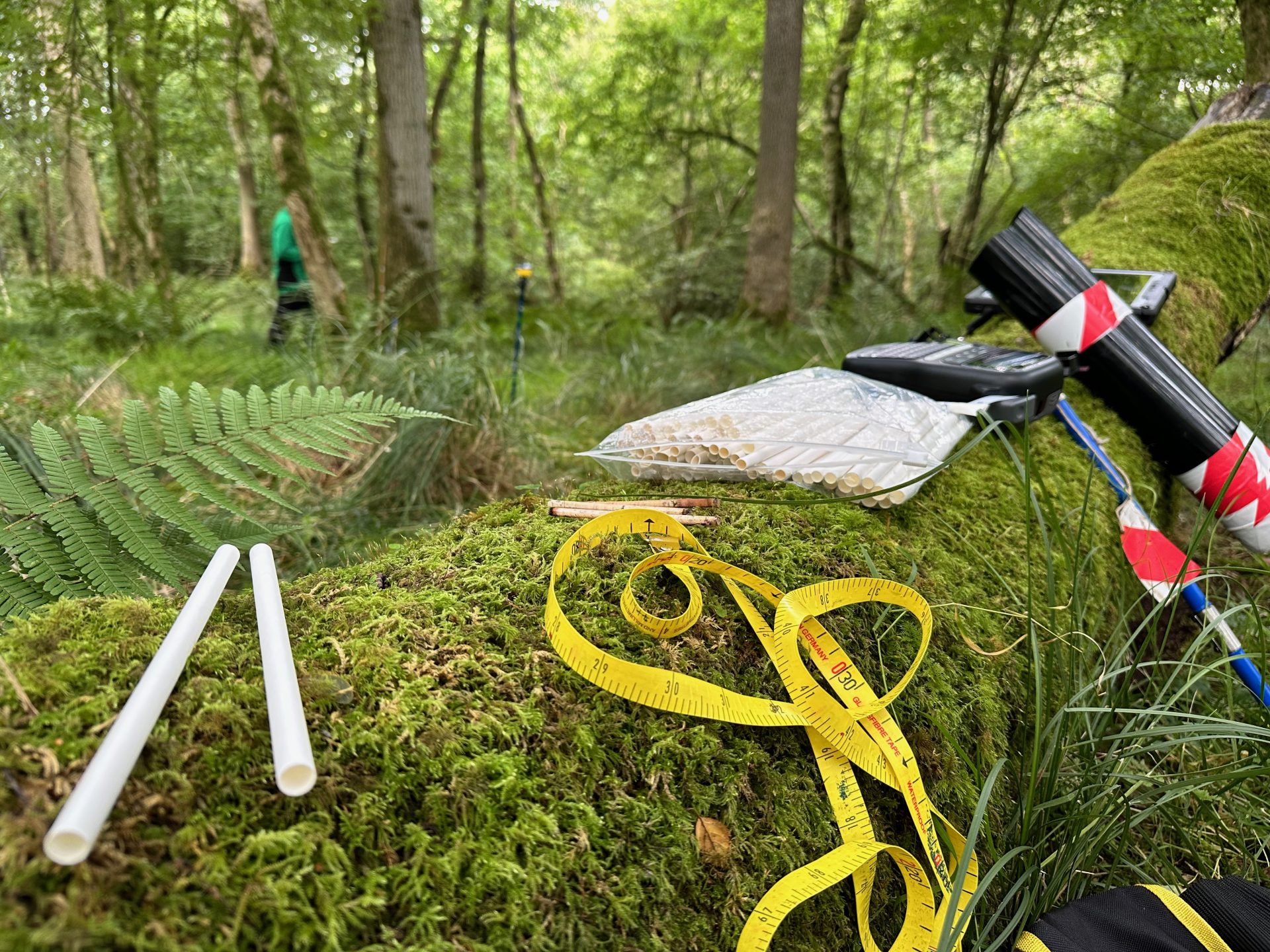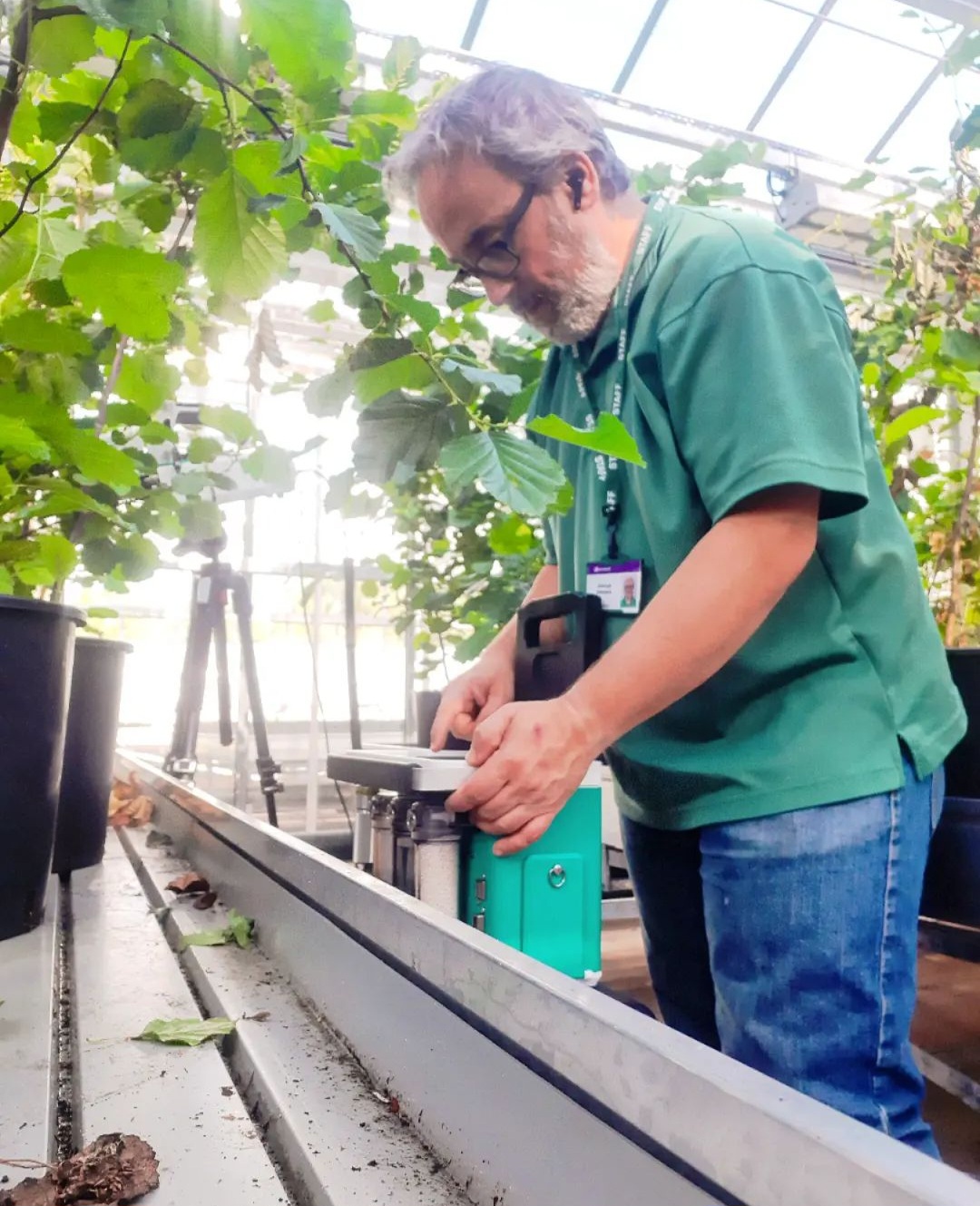Summary
Overview
This project will address the currently limited empirical evidence on tree response to drought in the UK and inform decisions on both species choice and management to enable the quantification of changing risk under alternative future climate change scenarios to increase forest resilience and improved decision-making.
To inform ‘climate resilient forestry’ policy and management, understanding the drought response of UK tree species is crucial but remains largely unquantified. The Forestry & Woodland Resilience to Drought (FORWaRD) project will address these knowledge gaps by providing an integrated assessment of drought resilience for a variety of UK tree species across a range of temporal and spatial scales.
As our climate warms, the intensity, duration, and frequency of future extreme drought events are expected to increase across much of the world (Xu et al., 2019), while increases in extreme temperature events have already been documented across the UK (Dodd et al., 2021).
Future extreme events will likely interact, amplifying their impact with consequences for forest structure, function, and the ability of these systems to sequester and store carbon (McDowell et al., 2020). Despite this risk, very little is known about the drought resilience of most UK tree species, how these species or species mixtures have responded to past drought events, or how vulnerable both newly established and mature woodlands are to future extreme events.
Understanding drought risk and forest resilience is critical to achieving Net Zero targets and ensuring the continuity and stability of forest systems in the face of climate change, along with the products and services these forests provide.
This project is part of the Nature for Climate Fund.


Research Objectives
- How does species drought tolerance vary, and can we match this with site drought risk for robust afforestation decisions? (WP1, WP3, WP4)
- Can we monitor in-situ seedling response at establishment through IoT sensors? (WP1)
- How resistant and resilient to historical extreme drought events are UK tree species, can different species mixtures mitigate the impacts of these events, and how does ecosystem complexity influence this resilience? (WP2)
- How do ancient semi-natural woodlands and those recently established on ex-industrial or ex-agricultural land differentially respond to a range of past extreme drought events, and how quickly do they recover following disturbance? (WP2)
- What are the likely impacts of future climate shifts on species response to drought, and how best can we map the risk? (WP3, WP4)
Latest Update
Ecophysiological assessments under controlled field conditions will provide a detailed understanding of the drought tolerance of native and commercial productive UK species during the crucial establishment phase (WP1), while dendroecological assessments of mature mixed-species and single species experimental stands will facilitate an understanding of the resistance, resilience, recovery dynamics and impact of historical drought events for a range of native tree species and species assemblages (WP2).
These data will then be used to parameterise climate-responsive modelling of stand level drought impacts, allowing spatial and temporal assessments of drought risk using probabilistic climate scenarios (WP3) which will then be integrated into existing decision support systems (e.g., ESC) (WP4). The joint outcomes of the ForWaRD work packages will improve a national evidence base of historic drought response and future drought risk for a suite of species and species mixtures, from the tree to the stand level.

Outcomes
The joint outcomes of the ForWaRD work packages will improve a national evidence base of historic drought response, drought tolerance assessment and future drought risk for a suite of species and species mixtures, from the tree to the stand level
Funding & Partners
- This project has been funded through the Government's ‘ Nature for Climate Fund’
-
 DEFRA
DEFRA -
Collaborating Partners
-
 UKCEH
UKCEH -
 University of Stirling
University of Stirling -
 University of Stirling
University of Stirling
